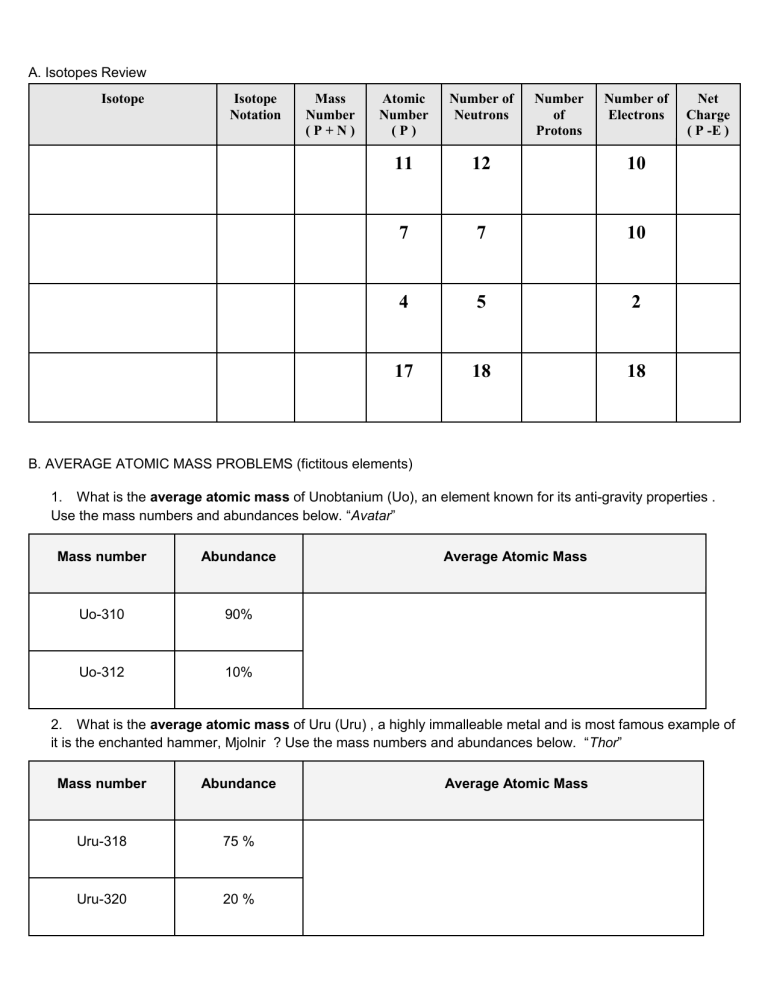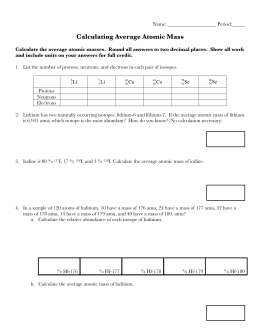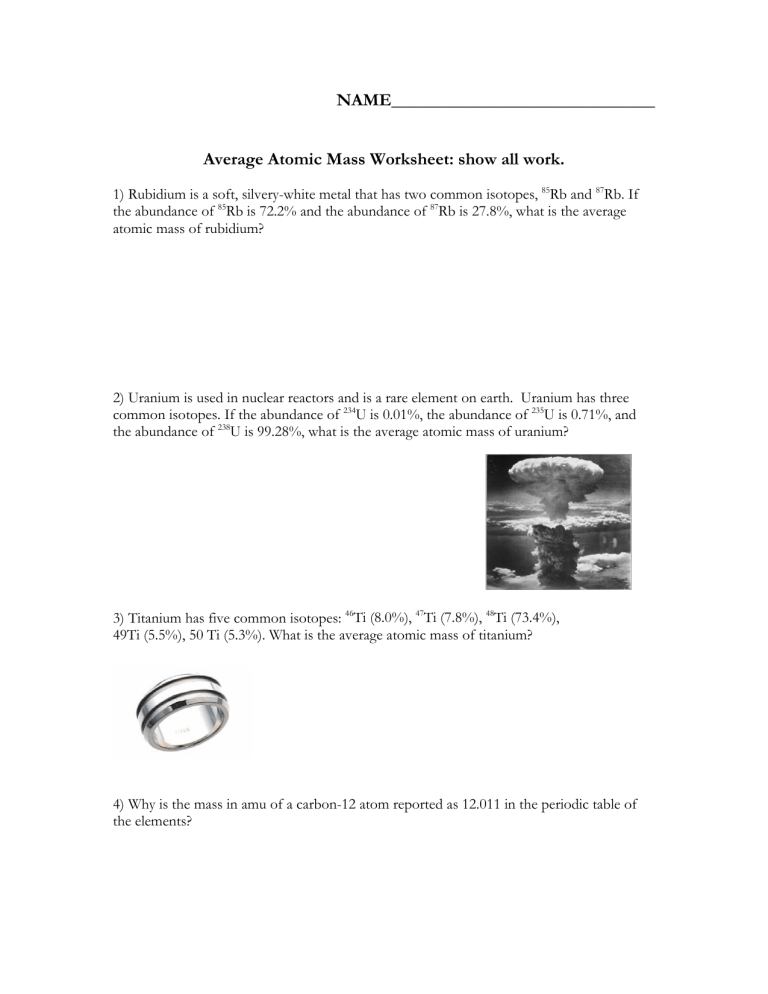


The extent of the deflection depends on the mass-to-charge ratio of the ion. When an electric field is applied, the ions are accelerated into a separate chamber where they are deflected from their initial trajectory by a magnetic field, like the electrons in Thomson’s experiment. First, electrons are removed from or added to atoms or molecules, thus producing charged particles called ions. The technique is conceptually similar to the one Thomson used to determine the mass-to-charge ratio of the electron. Scientists can measure relative atomic masses very accurately, however, using an instrument called a mass spectrometer. We can easily calculate the binding energy from the mass difference using Einstein's formula E=mc 2.īecause atoms are much too small to measure individually and do not have a charge, there is no convenient way to accurately measure absolute atomic masses. Although the difference in mass is small, it is extremely important because it is the binding energy of the nucleus. For example, the ratio of the masses of 1H (hydrogen) and 2H (deuterium) is actually 0.500384, rather than 0.49979 as predicted from the numbers of neutrons and protons present. Total number of atoms = 14 x 0.0172 x 6.Br\) or, more commonly, 79Br and 81Br.Īlthough the masses of the electron, the proton, and the neutron are known to a high degree of precision (Table 1.5.1), the mass of any given atom is not simply the sum of the masses of its electrons, protons, and neutrons. So, 1g of butane means 1/58 moles = 0.0172 moles Which of the following contains the greatest number of atoms? Of any species (atoms,molecules, ions or particles) is that quantity in number having a mass equal to its atomic or molecular mass in grams. Which of the following pairs have the same number of atoms? Molecules of water → 1 mole of water molecules = 18g ≠ 360g Which of the following correctly represents 360 g of water? If 1.4g of Calcium Oxide is formed by the complete decomposition of Calcium Carbonate, then the amount of Calcium Carbonate taken and the amount of Carbon Dioxide formed will be respectively?Ĭalcium Carbonate → Calcium Oxide + Carbon Dioxide Mass of 1 mole of Carbon = Molar mass of C = 12g If one mole of carbon atoms weighs 12 grams, what is the mass (in grams) of 1 atom of carbon? Number of moles = Given mass of substance / Molecular mass of substance The number of oxygen atoms in the solution are We need to find Number of molecules, ie, Nģ.42 g of sucrose are dissolved in 18 g of water in a beaker. Mass of the substance = Number of moles x Molar of the substanceĬalculate the number of molecules of sulphur (Sįrom the above 2 formulae, we can say that,

Mass of the substance = Number of moles x Molar mass of the substance Mass of 4 moles Aluminium atoms = 4 x Molar mass of aluminiumĪtoms = 2 x Molar mass of Na + 1 x Molar Mass of S + 3 x Molar Mass of O Mass of 1 mole Aluminium atoms = Molar mass of aluminium = 27g Mass of 1 mole Nitrogen atoms = Molar mass of nitrogen = 14g Mass of 1 mole of a substance = Molar mass of that substance (b) 4 moles of aluminium atoms (Atomic mass of aluminium = 27)? = (1 x mass of Ca) + (1 x mass of C) + (3 x mass of O) It means that Mass of 1 mole of Helium = 4 gramsĬalculate the Molar Mass of Calcium Carbonate (CaCO How many moles are there in 52g of Helium? Number of moles of a substance = Number of particles of the substance / Avogadro's Constant Number of atoms of the He = N = 12.044 x 10

Number of moles of a substance = Given mass of the substance / Molar mass of the substance = 1 x Molar mass of H + 1 x Molar mass of N + 3 x Molar mass of O = 1 x Molar mass of H + 1 x Molar mass of Cl = 2 x Molar mass of C + 2 x Molar mass of H The formula unit mass of a substance is theĬalculate the molar mass of the following substances. The reaction in which two compounds exchange their ions toĪn electrolyte which completely dissociates into ions is Identify the pairs which are not of Isotopes? Which sample contains the largest number of atoms How many moles of magnesium phosphate will contain Difference Between Atomic Mass and Atomic Number


 0 kommentar(er)
0 kommentar(er)
